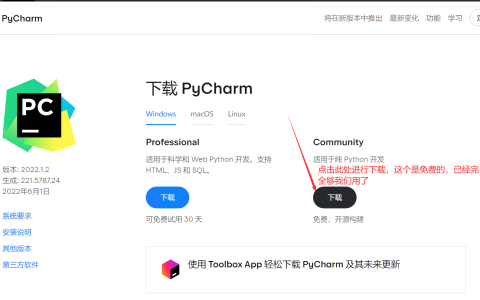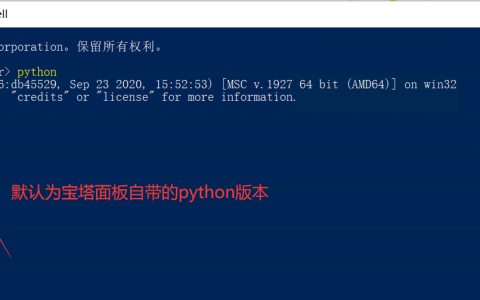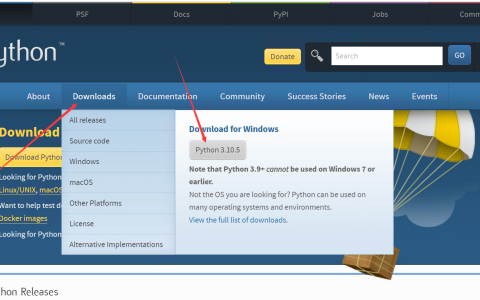多线程是指一个程序中存在多个独立的执行流,它们可以同时执行以提高程序的效率。
在 Python 中,可以使用 threading 库来实现多线程编程。
创建线程:
您可以创建一个新线程,并向该线程提供一个函数作为参数。例如:
import time
import threading
def worker():
print('Worker thread started')
time.sleep(1)
print('Worker thread finished')
thread = threading.Thread(target=worker)
thread.start()
运行以上代码后,将启动一个新线程,并在该线程内执行 worker 函数。
线程同步:
在多线程编程中,需要考虑线程同步的问题,以避免数据不一致等问题。
例如,您可以使用互斥锁(Lock)保护共享数据,以避免多个线程同时对该数据进行修改:
import time
import threading
counter = 0
lock = threading.Lock()
def worker():
global counter
lock.acquire()
try:
counter += 1
finally:
lock.release()
threads = []
for i in range(5):
thread = threading.Thread(target=worker)
threads.append(thread)
thread.start()
for thread in threads:
thread.join()
print('Counter:', counter)
运行以上代码后,将得到以下输出:
Counter: 5
这些仅是多线程编程的一些基础知识,更多的内容可以在 Python 文档中查找:
https://docs.python.org/3/library/threading.html
多线程编程是一个非常复杂的主题,需要综合考虑线程安全、性能等多个因素。希望本篇文章对您有所帮助。
发布者:彬彬笔记,转载请注明出处:https://www.binbinbiji.com/python/3039.html




